Enormous cost of relocating US climate refugees from coastal town a stark example for the whole world, researchers warn
Frontiers
NOVEMBER 7, 2021
A 2015 paper by Schulte found that Tangier Island had lost 67% of its total landmass since 1850 due to a combination of relative sea level rise and coastal erosion. The publication of the paper was followed by misinformation, the researchers said, with claims that coastal erosion alone was responsible for Tangier’s land loss.


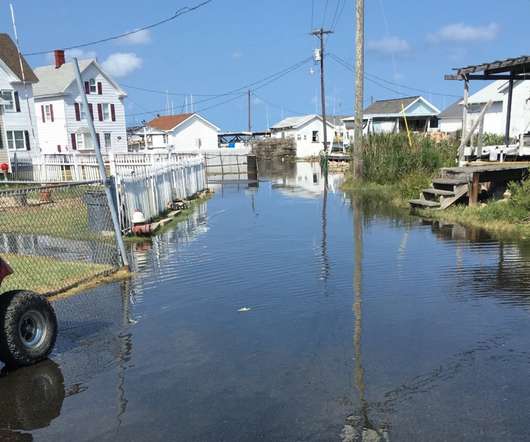
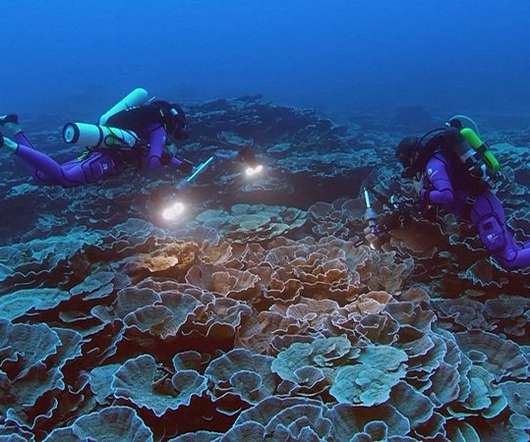
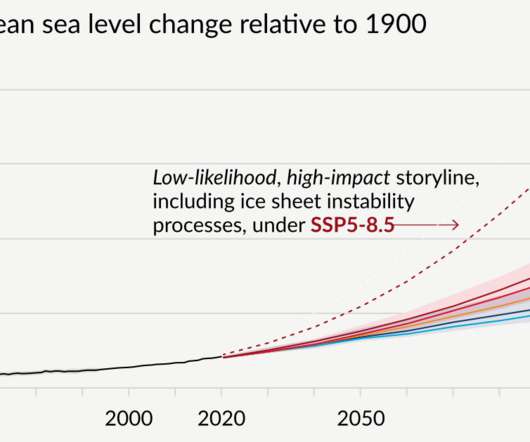
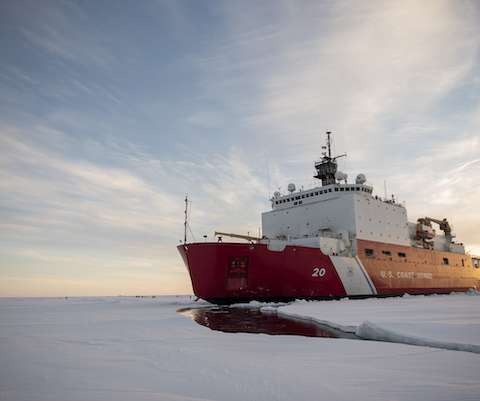
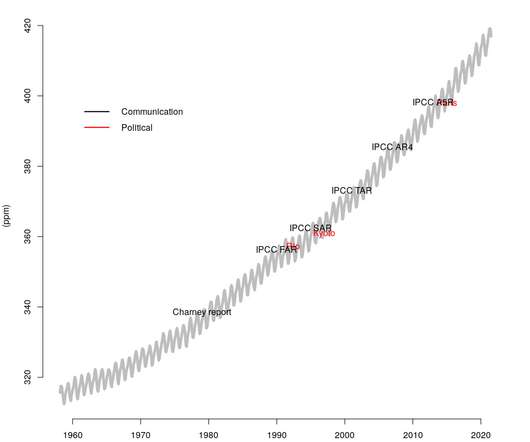
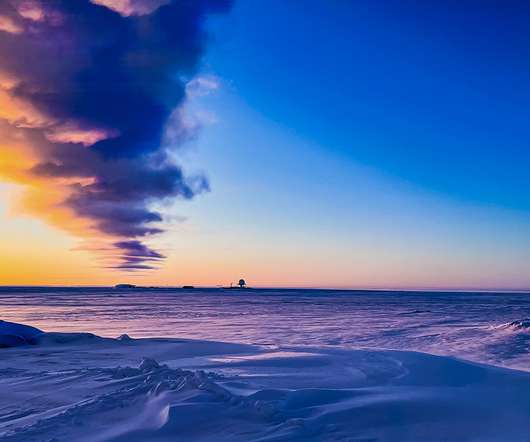






Let's personalize your content